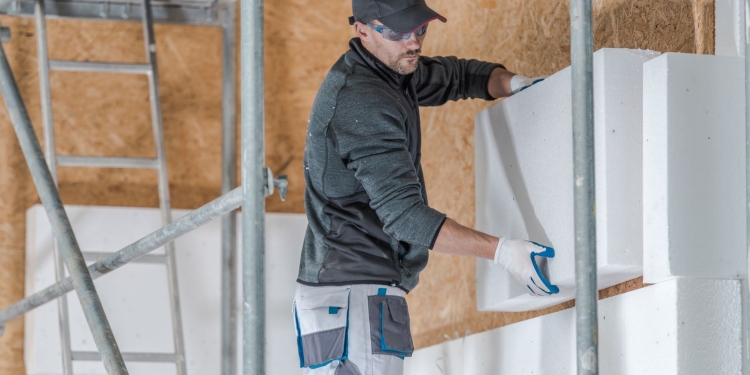There has been a significantly increased use of temporary buildings in recent years. These structures have provided a quick and cost-effective solution for a variety of applications. From temporary classrooms and event spaces to disaster relief housing and military barracks, temporary modular and custom structures have proven to be versatile and valuable resources.
As technology continues to advance and the demand for flexible and temporary space solutions grows, it is clear that the future of temporary buildings is bright.
The Future of Temporary Buildings
In the near future, it is likely that we will see even more innovative and advanced temporary buildings. For example, the use of prefabricated modular units could allow for even faster construction times and greater flexibility. These units can be easily shipped and assembled on site, making them a convenient solution for a variety of applications. Here are a few future applications.
- Space for operations and storage – Temporary buildings are often used by businesses as space solutions. These structures are highly applicable for use by schools, hospitals, government agencies, factories, retail businesses, and logistics businesses among others. If you want to see popular temporary buildings for such uses, click for more information.
- Emergency housing – In the event of a natural disaster or other emergency situation, temporary buildings can be quickly assembled to provide shelter for those who are affected. These structures are often equipped with basic amenities such as electricity, heating, and running water and can be easily disassembled and moved to a new location when needed.
- Event spaces – Temporary buildings are also commonly used as event spaces such as for festivals, trade shows, and conferences. They offer a flexible and cost-effective way to add space for large gatherings and can be easily disassembled and moved to a new location when the event is over.
Benefits of Temporary Buildings
Temporary buildings possess numerous advantages both for current applications and those in the foreseeable future. Here are some illustrations.
Easy and fast construction
One of the key benefits of temporary buildings is their ability to be easily and quickly constructed. These structures can be assembled in a matter of days or even hours depending on the size and complexity of the project. This rapid deployment makes them an ideal solution for emergency situations such as natural disasters or sudden increases in population. Temporary structures are also a preference for retail businesses, schools, factories, the agricultural sector, the construction sector, and government agencies.
Portability
In addition to their speed of construction, temporary buildings are also highly portable. They can be easily disassembled and moved to a new location when needed, making them a flexible solution for a variety of applications. This portability is particularly useful for military use and event operations as it allows units to be quickly and easily deployed to various locations around the world.
Cost-effectiveness
Another benefit of temporary buildings is their cost-effectiveness. Traditional construction can be an expensive and time-consuming undertaking, but temporary buildings offer a more economical alternative. They are typically made from lightweight materials that are easy to transport and assemble, which helps to reduce costs. Additionally, temporary buildings can be rented or leased rather than purchased, which allows customers to only pay for the space they need for a specific period of time.
Easy on the environment
One of the most significant advantages of temporary buildings is their reduced environmental impact. These structures are designed to be easily dismantled and recycled, which helps to minimize waste. They can also be constructed using sustainable materials such as recycled steel or bamboo, which further reduces their environmental footprint.
Final Thoughts
The future of temporary buildings looks bright as they offer a quick, cost-effective, and flexible solution for a variety of applications. From emergency housing and military barracks to event spaces and classrooms, these structures have proven to be a valuable resource. As technology continues to advance, we can expect to see even more innovative and advanced temporary buildings in the future.


